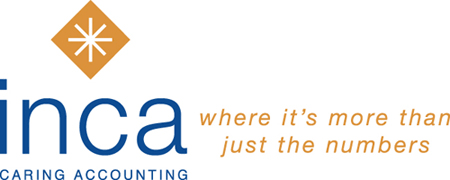HMRCs’ payments on account’ system is an aspect of tax that can sometimes be confusing for anyone new to filing a tax return.
We frequently receive calls from newly self-employed business owners and private individuals, surprised to find themselves landed with a tax bill they hadn’t anticipated. And it’s far from unusual for us to take on a new client and find that they’re paying more tax than they need to through the payments on account system – sometimes even making payments when they’re due a refund.
For anyone required to file a tax return, having a basic understanding of payments on account is essential for two reasons. First, it will enable you to plan for bills, and second, it will ensure you don’t overpay tax. If you run a business, paying more than you need to will impact your cash flow and could have serious implications.
Before we look at what you need to do to make sure you pay no more tax than necessary, here’s a brief overview of how payments on account work:

Payments on account explained
Put simply, payments on account are payments towards your Self Assessment tax bill. Whilst employees have their tax collected at source through PAYE (Pay As You Earn), if you receive income from other sources (for example, revenue from property rental or interest on investments), or you’re self-employed, in most cases, HMRC requires you to settle any tax you owe directly. (It’s worth noting that some people who get a tax bill may be able to have it collected through PAYE. For more information, see our blog, Are You Eligible to Pay Your Tax Bill Through PAYE?
Anyone receiving a Self Assessment tax bill for less than £1,000 must make payment in a single instalment by 31st January following the end of the tax year.
However, if your Self Assessment tax bill is more than £1,000, HMRC will require you to make two contributions towards your next tax bill, known as payments on account.
Your first instalment will be due on 31st January – along with any payment you have to make relating to the previous tax year. Your second payment will be due on 31st July.
To calculate how much you have to pay, HMRC assumes that your personal income or business performance for the tax year in question will be the same as in the previous year.
Based on this prediction, each payment you have to make will be equivalent to half your previous year’s tax bill. So, for example, if your Self Assessment bill is £3,000, HMRC will require you to make two payments of £1,500.
If there’s any tax still to pay after you’ve made both instalments, you’ll have to pay the balance by 31st January the following year. If you’re self-employed, payments on account will include your Class 4 National Insurance contributions.
Act now to reduce your tax bill
If 2022-23 was more challenging than 2021-22, your tax bill will likely be less. But because HMRC doesn’t yet have your tax return, they can’t know this.
The solution? File your tax return now rather than waiting until the 31st January deadline. Doing this will give your accountant time to request HMRC to reduce your July payments on account instalment.
You might even be due a refund of some or all of the payment you made in January.
And what if your income went up in 2022-23?
Don’t worry if your income rose in 2022-23 compared to 2021-22. You don’t need to increase your July payment on account. Instead, you will have a final tax bill in January 2024 to settle your liability alongside your new payments on account for 2023-24.
Let Inca Help You File Your Tax Return NOW & Make Sure You Don't Overpay HMRC!
If your second payments on account instalment is higher than it needs to be, there’s still time to have it adjusted. We can help you file your 2022-23 Self Assessment tax return and liaise with HMRC on your behalf. We can ensure that what you pay (if you have to pay anything at all) is based on actual – rather than predicted profit. And if you’ve overpaid your tax, we’ll ensure you get refunded now, rather than waiting!
But time is running out. Get in touch with us today for an initial chat by calling us on 01235 868888 or emailing us at [email protected].




